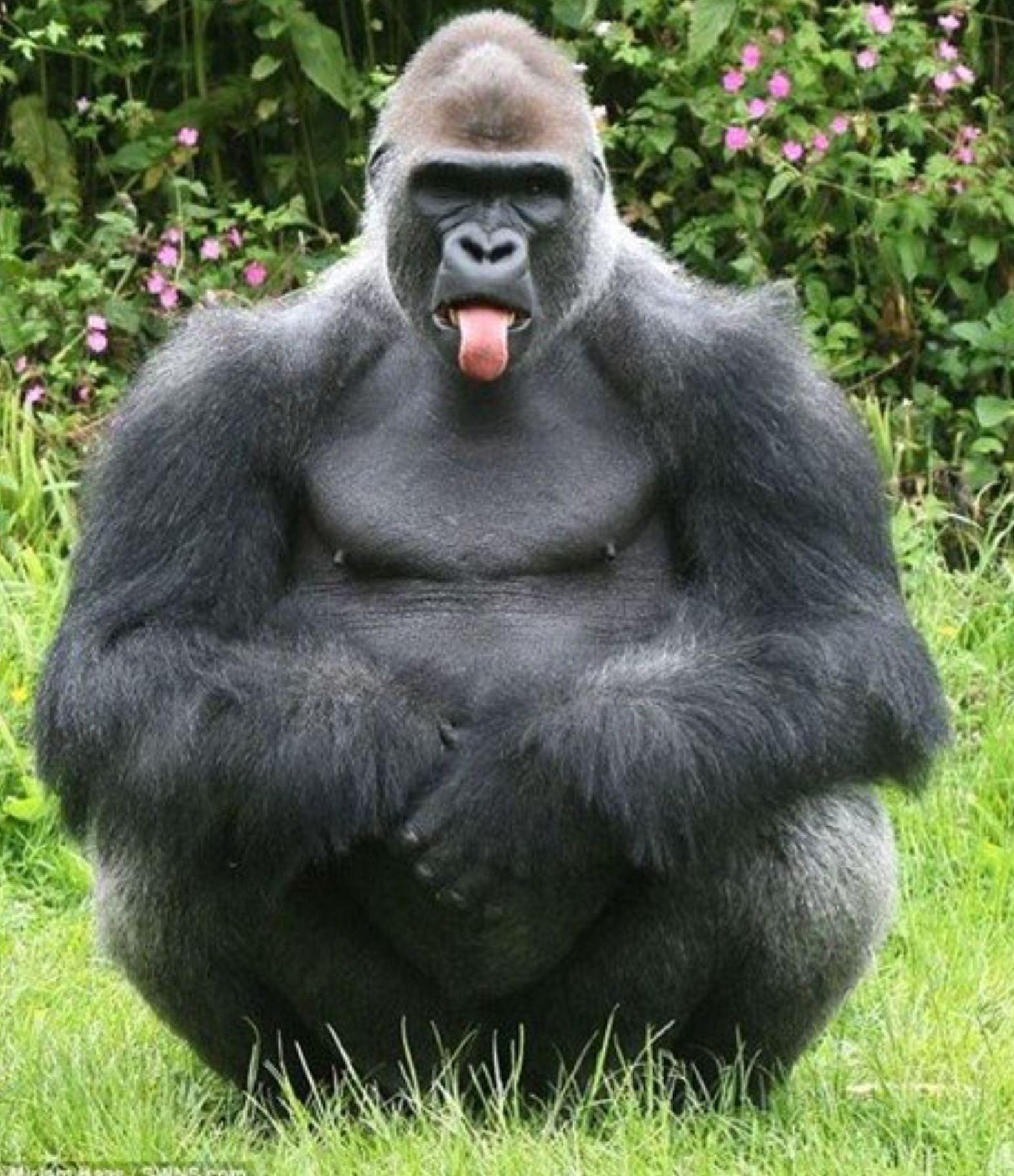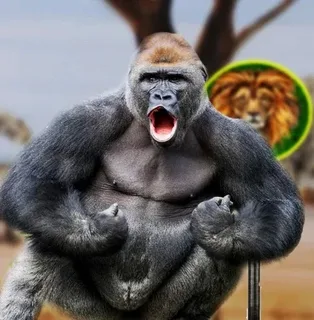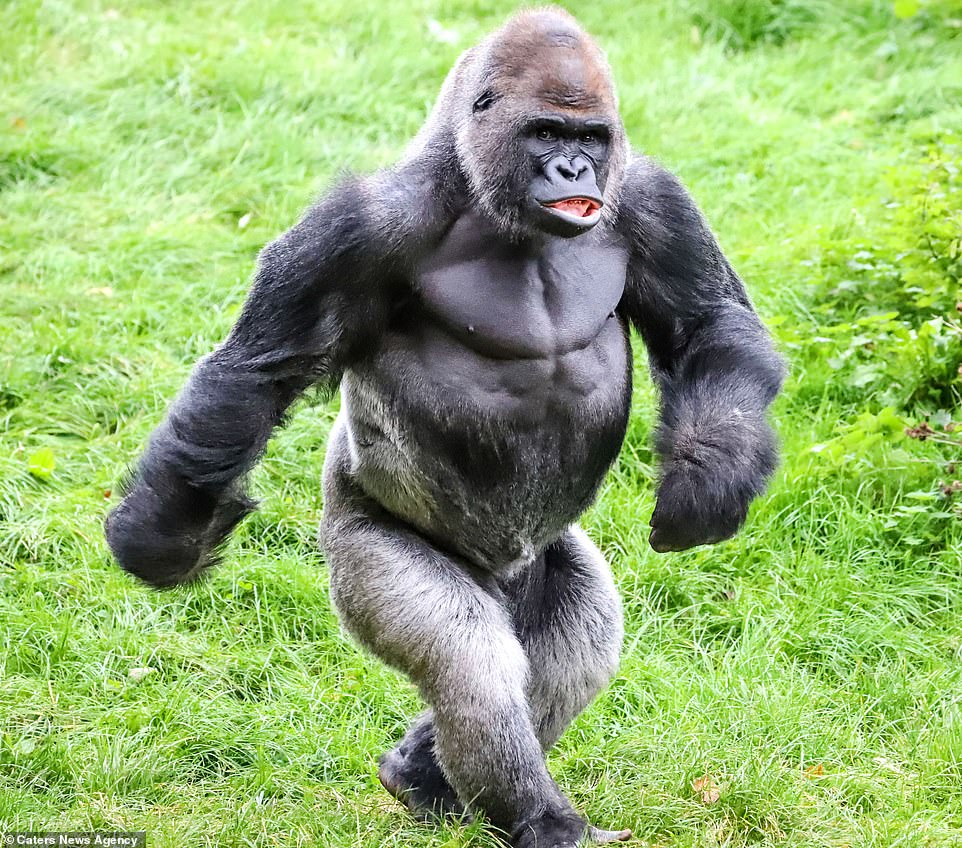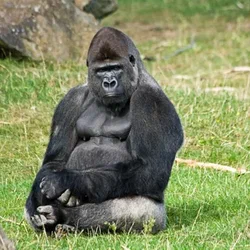Gorillas, with their immense strength and muscular build, have long fascinated scientists and nature enthusiasts alike. These majestic primates maintain impressive physiques on a strictly plant-based diet and without engaging in deliberate exercise routines. This remarkable phenomenon raises the question: how do gorillas sustain such powerful muscles, and why can’t humans achieve the same results?

The answer lies in a combination of evolutionary biology, diet, and lifestyle. Gorillas are primarily herbivores, consuming a diet rich in leaves, stems, fruits, and bamboo. This diet provides ample nutrients, including proteins, essential amino acids, and fiber, which are crucial for muscle maintenance. Unlike humans, who often require a balanced diet with a variety of protein sources, gorillas thrive on their plant-based diet due to their highly efficient digestive systems. They have specialized gut bacteria that break down fibrous plant material, allowing them to extract and synthesize the necessary nutrients to support their muscle mass.

Additionally, gorillas are naturally adapted to their environment, which demands constant physical activity. Though they do not engage in structured exercise, their daily activities—such as foraging for food, climbing trees, and navigating through dense vegetation—provide a form of natural, functional exercise. This continuous movement ensures that their muscles are consistently engaged and strengthened.

Another key factor is the gorillas’ genetic makeup. Over millions of years, gorillas have evolved to develop and maintain muscle mass efficiently. Their muscles contain a higher proportion of slow-twitch fibers, which are more resistant to fatigue and better suited for endurance activities. This genetic predisposition allows gorillas to maintain strength and stamina without the need for intense workouts.

In contrast, humans have evolved differently. Our ancestors adapted to a more varied diet and lifestyle that included hunting, gathering, and later, agriculture. Human muscles are composed of a mix of slow-twitch and fast-twitch fibers, the latter being more suited for short bursts of high-intensity activity. To maintain muscle mass, humans need a balanced diet with adequate protein intake and regular exercise, including both resistance training and cardiovascular activities.
Furthermore, the modern human lifestyle often involves prolonged periods of inactivity, such as sitting at desks or driving, which can lead to muscle atrophy and a decrease in overall physical fitness. Unlike gorillas, who are constantly active in their natural habitat, many humans must consciously incorporate exercise into their daily routines to counteract the effects of sedentary behavior.
The hormonal differences between gorillas and humans also play a role. Gorillas have higher levels of growth hormone and testosterone, which contribute to muscle growth and maintenance. These hormones, combined with their active lifestyle and efficient digestive system, enable gorillas to build and preserve muscle mass effectively.
In conclusion, the impressive musculature of gorillas is a result of their plant-based diet, continuous natural activity, genetic predisposition, and favorable hormonal balance. While humans cannot replicate these exact conditions, understanding the factors that contribute to gorilla strength can inspire us to adopt healthier lifestyles. By incorporating more plant-based foods, staying active, and maintaining a balanced diet, humans can work towards achieving better overall health and fitness.
The remarkable gorilla serves as a powerful reminder of the incredible adaptability and strength that nature bestows upon its creatures, offering valuable lessons for our own pursuit of physical well-being.
